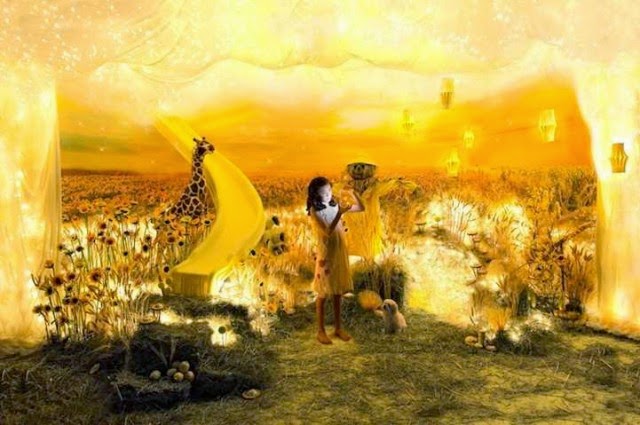Pierre-Antoine Moelo
aka Péah is a talented french concept artist based in Canada. After an
experience of four years in the video game industry as concept artist,
his goal is to explore and propose a wide range of possibility in
creating universes.
via designs leader.































